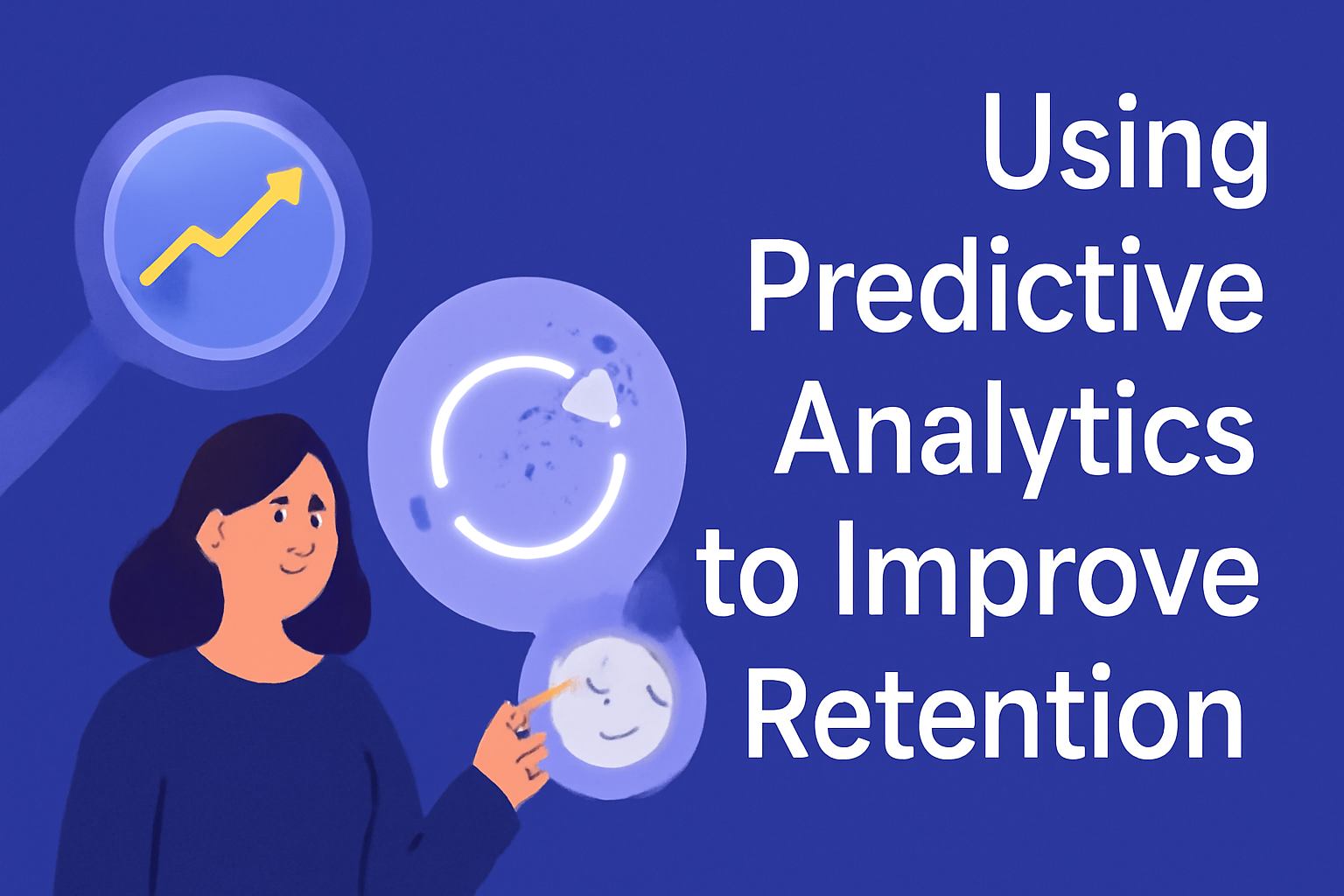Customer retention is one of the most crucial aspects of business growth. A loyal customer base doesn’t just generate consistent revenue but also serves as an advocate for your brand. However, retaining customers in an increasingly competitive market requires a data-driven approach. By leveraging data analytics, businesses can anticipate customer needs, predict churn, and develop personalized strategies to keep customers coming back. In this guide, we’ll dive into how data and analytics can transform your retention strategies.
Introduction to Customer Retention
Customer retention is the art of keeping your customers happy and engaged long after their initial purchase. Retaining customers is often more cost-effective than acquiring new ones, making retention a key focus for sustainable growth. But how can businesses effectively improve retention? The answer lies in data. By analyzing customer data, businesses can identify patterns, behaviors, and trends that allow them to craft more personalized retention strategies.
Understanding Customer Behavior with Analytics
One of the most powerful aspects of data analytics is its ability to uncover customer behavior patterns. Through tools like customer analytics platforms, businesses can track customer interactions, preferences, and buying habits.
By analyzing this data, businesses can:
- Understand which products or services are most popular.
- Identify when customers are most likely to make repeat purchases.
- Determine common pain points or obstacles that lead to churn.
With this knowledge, businesses can create targeted campaigns that cater specifically to customer needs, making them feel valued and understood.
Using Predictive Analytics to Improve Retention

Predictive analytics is a game-changer when it comes to improving customer retention. By analyzing historical data, businesses can predict future behaviors, including which customers are likely to churn. This predictive modeling allows businesses to take proactive measures to prevent churn and keep their customers engaged.
For example, if a business identifies a drop in engagement or purchase frequency, they can trigger personalized offers or reminders to re-engage those customers before they decide to leave. Predictive analytics can be used to:
– Adjust strategies in real time to meet customer expectations.
– Identify at-risk customers.
– Offer tailored incentives to retain them.
Top Tools for Tracking and Measuring Retention
Several tools can help businesses track and measure retention analytics. These platforms provide businesses with the data they need to make informed decisions.
Here are some of the best tools:
- Google Analytics – Offers detailed insights into customer behavior, conversion rates, and retention metrics.
- Kissmetrics – Specializes in customer behavior analytics, helping businesses identify patterns and track long-term retention.
- HubSpot – A CRM tool that offers retention-specific features, including tracking repeat customers and automating follow-up emails.
These tools enable businesses to gather actionable insights, track progress, and continuously optimize their retention strategies.
How to Personalize Retention Strategies Using Data
Data not only helps you understand what your customers are doing but also why they’re doing it. By segmenting your customer base according to various factors like demographics, purchase history, and behavior, businesses can create highly personalized retention strategies.
For instance, a clothing retailer can use data to identify frequent buyers of a particular style or size and send them personalized offers when new stock is available. Personalized communication, such as tailored emails or offers, can significantly improve customer engagement and loyalty.
Case Studies: Brands That Successfully Use Data for Retention
Several brands have successfully leveraged data to enhance customer retention. Let’s look at some examples:
- Amazon: Amazon uses sophisticated data analytics to track customers’ purchasing behaviors, enabling them to recommend personalized products and offer tailored promotions, leading to increased customer retention.
- Spotify: With the use of customer behavior data, Spotify offers personalized playlists and content based on users’ listening habits, keeping them engaged and coming back.
These examples show that when businesses use data strategically, they can create more engaging and personalized experiences for their customers, fostering long-term loyalty.
Conclusion: The Future of Retention in a Data-Driven World
The role of data in customer retention is only growing. As more businesses embrace data-driven marketing strategies, those who don’t risk falling behind. By utilizing predictive analytics, understanding customer behavior, and personalizing retention strategies, businesses can create a loyal customer base that drives long-term growth. In the future, leveraging data will not just be an option but a necessity for success in retaining customers and staying ahead of the competition.
FAQ’s
1. How can data analytics improve customer retention?
Data analytics helps businesses identify patterns in customer behavior, allowing them to tailor retention strategies and reduce churn. By understanding what keeps customers engaged, businesses can refine their offerings and improve satisfaction.
2. What are the best tools for customer retention analytics?
Some top tools include Google Analytics, Kissmetrics, and HubSpot, each offering unique features to track customer interactions, behaviors, and retention metrics.
3. What is churn prediction in retention analytics?
Churn prediction is a data-driven approach to identifying customers who are likely to leave your business. By predicting churn, businesses can take proactive steps to retain these customers before they decide to leave.
4. How does predictive analytics help in customer retention?
Predictive analytics uses historical data to forecast future behaviors, helping businesses anticipate customer needs and reduce churn by offering targeted retention strategies.
5. Can data-driven retention strategies be personalized?
Yes, data-driven strategies allow businesses to segment customers based on their behavior, preferences, and demographics, enabling highly personalized retention efforts that resonate with each individual.
At Balistro, we specialize in helping businesses grow through effective digital marketing strategies. From Google Ads to Meta Ads, we deliver data-driven campaigns that maximize your ROI and drive real results. If you’re looking to boost your online presence, generate leads, or scale your e-commerce business, our expert team is here to help. Contact us today to learn more about how we can support your advertising needs!



